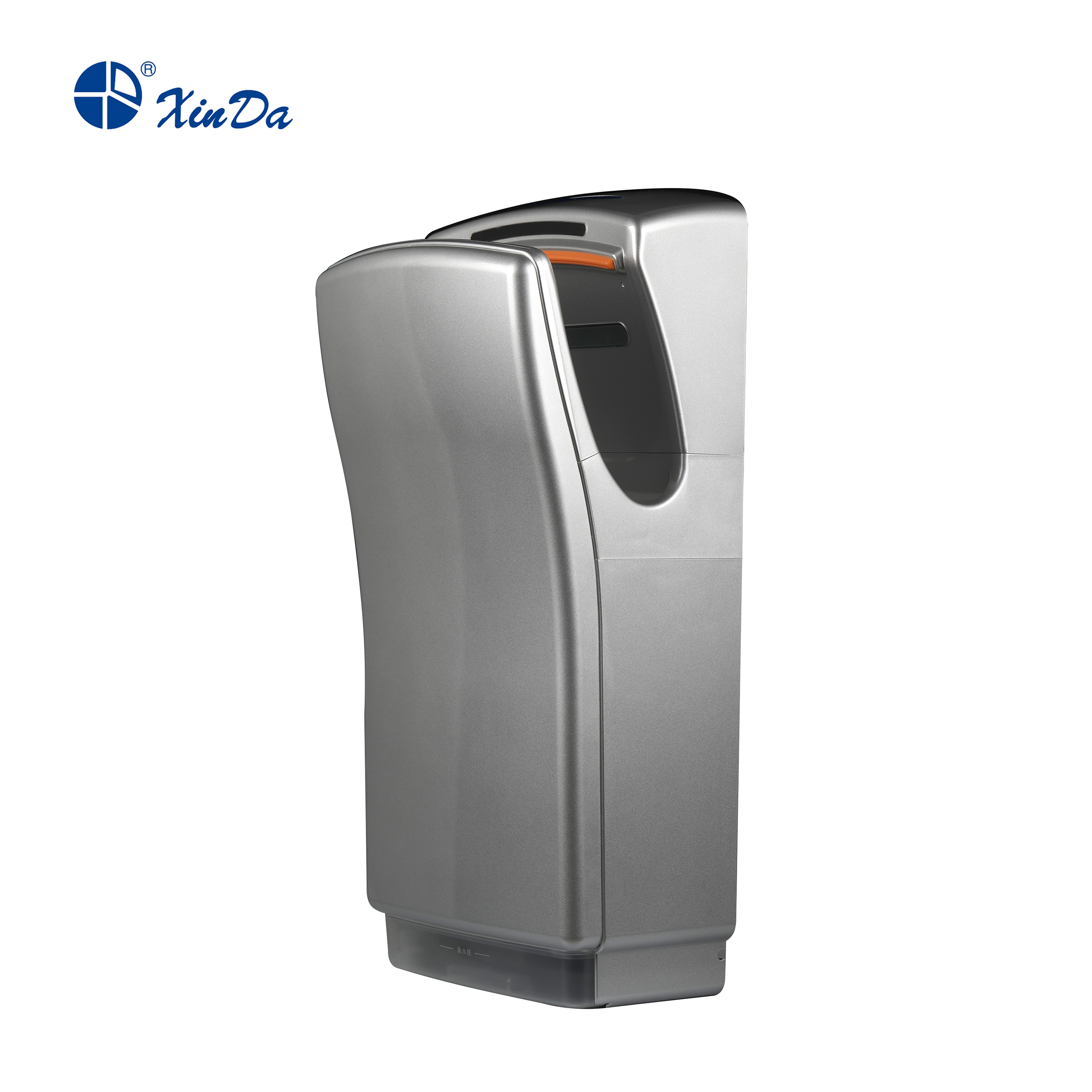Researchers at the Department of Horticulture and Landscape Studies at Purdue University recently published a study on the use of LED lighting to cultivate greenhouse tomatoes, providing new information on the feasibility of LED lighting for horticultural applications.
In order to meet the needs of more and more consumers for local planting and non-seasonal seasons, greenhouse tomato farmers often have to rely on auxiliary lighting. More and more tomato farmers are optimistic about LEDs because LEDs have more energy-saving potential and can replace high-pressure sodium lamps (HPS) in greenhouse environments.
Researchers Michael Dzakovich, Celina Gomez and Cary Mitchell of Purdue University's Department of Horticulture and Landscape Studies published an auxiliary lighting experimental study in the latest issue of the HortScience Horticultural Journal. “There is a general interest in how LED lighting affects the phytochemicals and flavors of various high-value crops,†the researchers said. “However, it’s rare to see LED lights for long periods of time and grow into tomato fruits. Research on quality characteristics."
The researchers conducted three separate studies to investigate the effects of the amount and quality of assisted light in greenhouse tomatoes. The tomato crops were grown with natural sunlight (control), natural sunlight + high-pressure sodium lamps, and natural sunlight + LED lighthouses. The researchers collected the color, sugar (Brix), titratable acid, conductivity and pH measurements of the tomato crop and analyzed the crop's lighting response. According to the authors of the study, “The results are contrary to our hypothesis that the quality of the fruit is hardly directly affected by the LED-assisted illumination source.â€
The study also used a sensory judgment method. The tester subjectively scored the color, acidity and sweetness of the tomato, and classified the tomato color, aroma, taste, sweetness, acidity and aftertaste into five indicators. . "By collecting physical and chemical parameters and sensory data, we were able to determine whether the statistically significant physicochemical parameters of tomato fruit actually reflect the consumer's perception of the quality of this fruit," the researchers said. The sensory scoring team said that the physicochemical differences between the three groups of fruits were not obvious to them; in fact, the testers could hardly tell the difference between the tomatoes with different auxiliary lighting settings or the control tomatoes without auxiliary lighting. different.
“According to this study, the fruit quality of greenhouse tomatoes is not affected by the use of two different auxiliary lighting and auxiliary lighting itself,†the researchers said. “The results of physicochemical measurements also show that growth under different lighting conditions. There are only slight differences in fruit, and the testers have confirmed that these differences are almost indistinguishable and support these findings."
Researchers say the results are expected to reduce the energy consumption of greenhouses for farmers who are interested in growing tomatoes.
The researchers stressed that "the LED-assisted illumination used in this study does not adversely affect the quality of the temperature-grown tomato fruit in terms of strength or wavelength, and it also proves that LED lighting has the potential to be used as a supplement for high-pressure sodium lamps. An alternative to lighting."
An automatic Hand Dryer is a sanitary ware appliance for drying or drying hands in the bathroom. It is divided into an induction type automatic hand dryer and a manual hand dryer. The working principle of the hand dryer is generally that the sensor detects a signal (hand). This signal is controlled to turn on the heating circuit relay and the blowing circuit relay to start heating and blowing. When the signal detected by the sensor disappears, the contact is released, the heating circuit and the blowing circuit relay are disconnected, and the heating and blowing are stopped.
It overcomes the shortcomings of the Wall Mounted Hand Dryer that the air can not be discharged in multiple directions and the skin temperature of the hands is too high. It aims to provide a hand dryer that circulates the air in multiple directions. An air guiding device, the air guiding device is provided with air guiding blades, and the rotation of the air guiding device or the swinging of the air guiding blades causes the High Speed Hand Dryer to circulate and not direct the wind.
Automatic hand dryers are advanced and ideal sanitary cleaning appliances and equipment. It is mainly used in hotels, restaurants, scientific research institutions, hospitals, public entertainment venues and the toilets of each family. After washing your hands, put your hands under the air outlet of the automatic hand dryer, the automatic hand dryer will automatically send out comfortable warm air, and quickly make your hands wet and dry, and when you leave the air outlet of the automatic hand dryer When it automatically shuts down the wind again. It can meet the requirements of not drying hands with towels and preventing cross infection of diseases.

Hand Dryer
Quiet Hand Dryers,Touchless Hand Dryer,High Speed Hand Dryer,Wall Mounted Hand Dryer
Taishan Jie Da Electrical Co., Ltd , https://www.ts-jieda.com